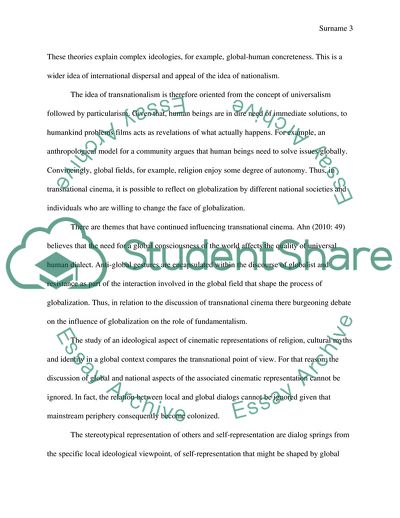Cite this document
(The Meanings of the Term Transnational Cinema, As Well As Its Coursework, n.d.)
The Meanings of the Term Transnational Cinema, As Well As Its Coursework. https://studentshare.org/visual-arts-film-studies/1868387-transnational-cinema
The Meanings of the Term Transnational Cinema, As Well As Its Coursework. https://studentshare.org/visual-arts-film-studies/1868387-transnational-cinema
(The Meanings of the Term Transnational Cinema, As Well As Its Coursework)
The Meanings of the Term Transnational Cinema, As Well As Its Coursework. https://studentshare.org/visual-arts-film-studies/1868387-transnational-cinema.
The Meanings of the Term Transnational Cinema, As Well As Its Coursework. https://studentshare.org/visual-arts-film-studies/1868387-transnational-cinema.
“The Meanings of the Term Transnational Cinema, As Well As Its Coursework”. https://studentshare.org/visual-arts-film-studies/1868387-transnational-cinema.


